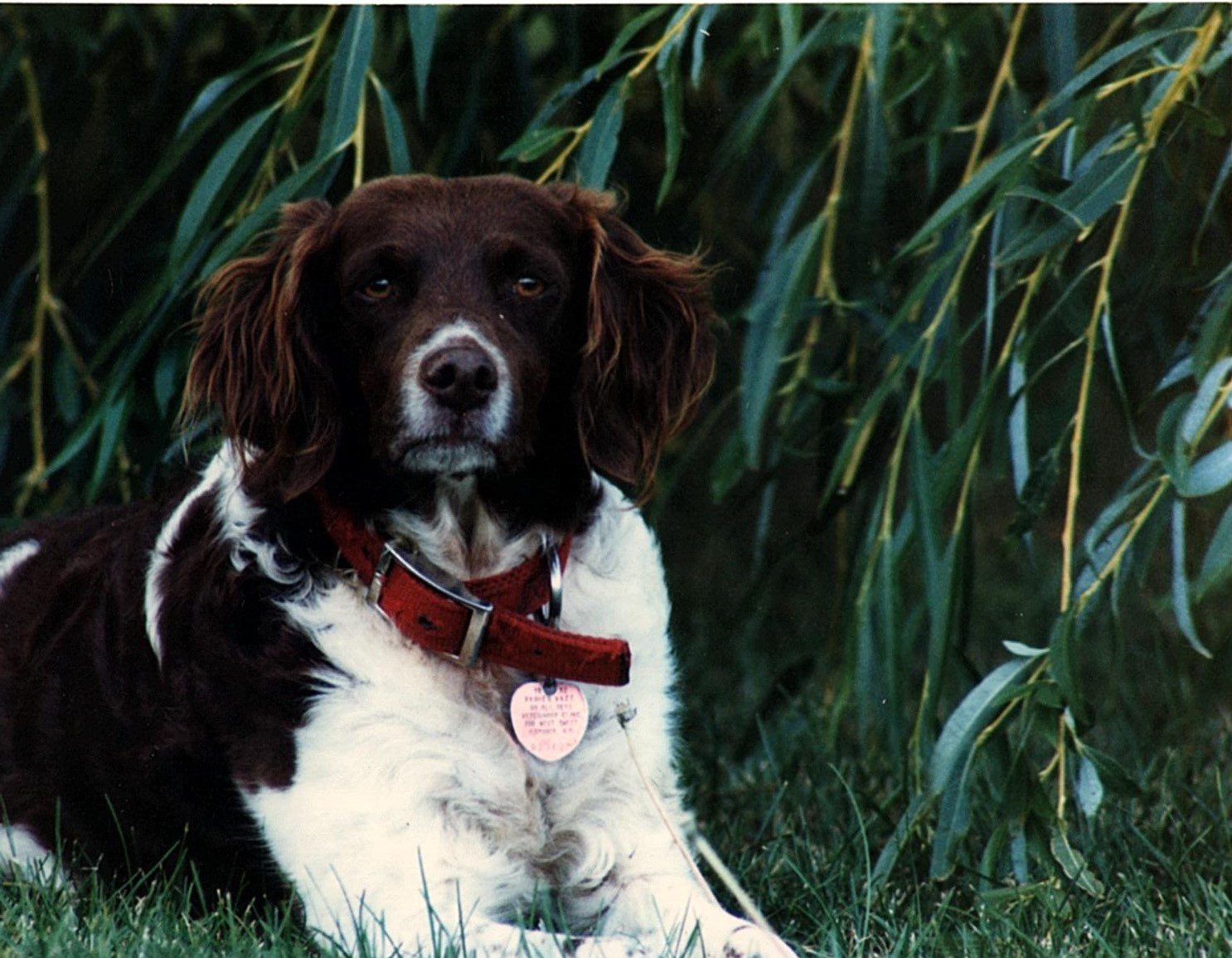
Northern Celebrations
It doesn’t seem possible but fall hunting seasons have arrived – too soon for those who haven’t been conditioning and training their four-legged hunting maniac in the cool hours of the day.
Get out there in the short time before more hunting officially kicks off, especially considering early Canada goose and dove seasons are already open. Throw the training dummy, walk, and swim so dogs can get a workout.
Even though many doves nesting in North Dakota have already started their fall migration to warmer wintering grounds, there are still good numbers and it’s a great way to start the fall. There will likely be huntable dove numbers until cold nights and frost chase them south.
A problem with warm weather activity, whether training or actual hunting, is that some uncommon medical conditions can result from overexertion or environmental conditions no matter how careful a person is out there.
Here are six things Nestle Purina’s canine experts recommend people beware of when in the Great Outdoors, especially now with dove hunting season underway and other bird hunting opportunities rapidly approaching.
It’s amazing just how common these uncommon conditions could become:
*Blastomycosis: A systemically occurring fungal infection, blastomycosis is caused by mold found in moist, slightly acidic soil and decomposing organic matter such as wood and leaves. The mold releases spores, which if inhaled could cause infection. Look for limping or lameness, troubled breathing, nose, mouth or paw pad sores, or appetite loss. Take the dog to your veterinarian if any symptoms occur. This condition might be less common in North Dakota with the state’s soil leaning to alkali rather than acidic but hunters in search of ruffed grouse might want to keep it in mind when hunting the Turtle Mountains or Pembina Hills woods.
*Blue-green algae: Officially called cyanobacteria poisoning, blue-green algae is becoming increasingly prevalent worldwide. Blooming in warm, stagnant water, it’s a toxic and deadly pond scum occurring in a variety of colors. People and animals alike should avoid any discolored water. It can be deadly to dogs if inhaled. It’s imperative to get a dog to a veterinarian immediately if they show any symptoms of blue-green algae exposure: Vomiting, spasms, and skin abrasions. Blue - green alga is serious – death can occur within minutes in dogs. While blue-green algal reports have been less prevalent in 2022, it’s not something to ignore given its severity to dogs.
*Exercise-induced collapse: EIC can be hereditary. Dogs with exercise-induced collapse lose control of rear limbs during high-intensity exercise. It can be detected through DNA testing and is more common in highly energetic dogs. Look for wobbly back legs and a rocking gait with long, wide strides. Stop the activity should it occur.
*Gastric dilation-volvulus: Also called bloat, it occurs when the stomach fills with excess air, builds pressure, twists, and flips. Large- and giant-breed dogs with deep, narrow chests are more prone to bloat, but its cause is unknown. Bloat can be deadly and if symptoms such as an enlarged abdomen, labored breathing, salivating, vomiting, weak pulse, and pale nose or mouth occur, get the dog to a veterinarian immediately. Like blue-green algae, it’s nothing to mess with.
*Grass-awn migration disease: Also called “mean seeds”, seeds or grass awns can enter a dog’s body orally through the mouth or nose and by piercing skin. They migrate, can even pierce vital organs, and cause tissue infection as they move around. Look for lethargy, fever, weight loss, or swollen areas. Such conditions also warrant a trip to a veterinarian. Surgery to remove an awn or seed may be necessary.
*Tick-borne diseases: Tick season is generally over in North Dakota but it’s still wise to check that hunting maniac after an evening training session or workout for anything from an errant tick to burs or mean seeds.
Even though preventative care or a well-stocked canine first-aid kit is often good enough to deal with in-the-field emergencies, there are times when hunters need to high-tail to a veterinarian, including when some of these lesser-known conditions develop.
Keep your veterinarian’s contact information handy and when hunting in a new area, be sure to plan ahead and get information about the nearest veterinarian in the event an injury occurs.
"occur" - Google News
September 03, 2022 at 07:28PM
https://ift.tt/WbBrJMv
When the uncommon occurs - The Dakotan
"occur" - Google News
https://ift.tt/kJsa2nL
https://ift.tt/7vTrB8l
Bagikan Berita Ini















0 Response to "When the uncommon occurs - The Dakotan"
Post a Comment